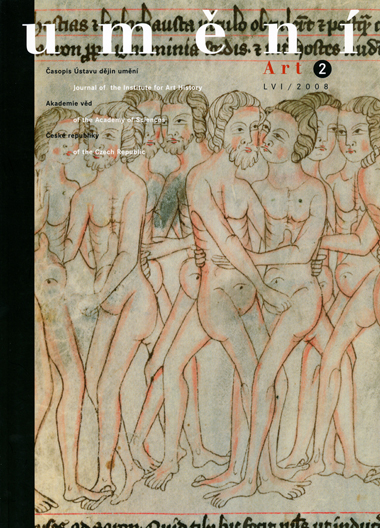Marcela Hanáčková
Česká skupina CIAM po druhé světové válce
The Czech group of CIAM has always had a difficult relationship with the organisation's leadership. The main reason for this after the Second World War was the Stalinist dictatorship. But even before the regime came into power, the Czech group had an important success at a congress in Bridgwater (1947), where it made a presentation on the theme of regional planning. It probably earned the greatest respect for its methodological approach, which was based on the techniques of functionalist town planning. It is possible that the success of the Czech group made Prague a suitable candidate for organising the next congress. Karel Teige even saw in this an opportunity to repel the threat of encroaching socialist realism. However, the other side won. Helena Syrkus - initially in a special lecture in Prague, and later again at a congress in Bergamo (1949) - defended the interests of socialist realism and as an example cited the precise reconstruction of historic Warsaw. However, the subsequent congress in Hoddesdon (1951) expressed opposition to the practices of this style and condemned the literal revival of the historical parts of the town. Architects from the Eastern bloc were allowed back on the ground of CIAM only in 1956, when Team X and the theme of habitat were at the forefront of the congress in Dubrovnik. Although the Czech group responded to the topic with two grilles, both were probably influenced by socialist theory and practices. It seems that the themes of Team X found acceptance only by Stanislav Sůva, who in Czechoslovakia became the most informed expert on these young Western architects.
Full-text in the Digital Library of the Czech Academy of Sciences:
https://kramerius.lib.cas.cz/uuid/uuid:b781dc19-b8a9-8128-a5be-4f7208bb845d
< back

